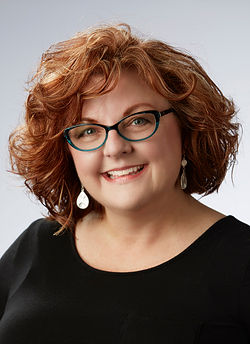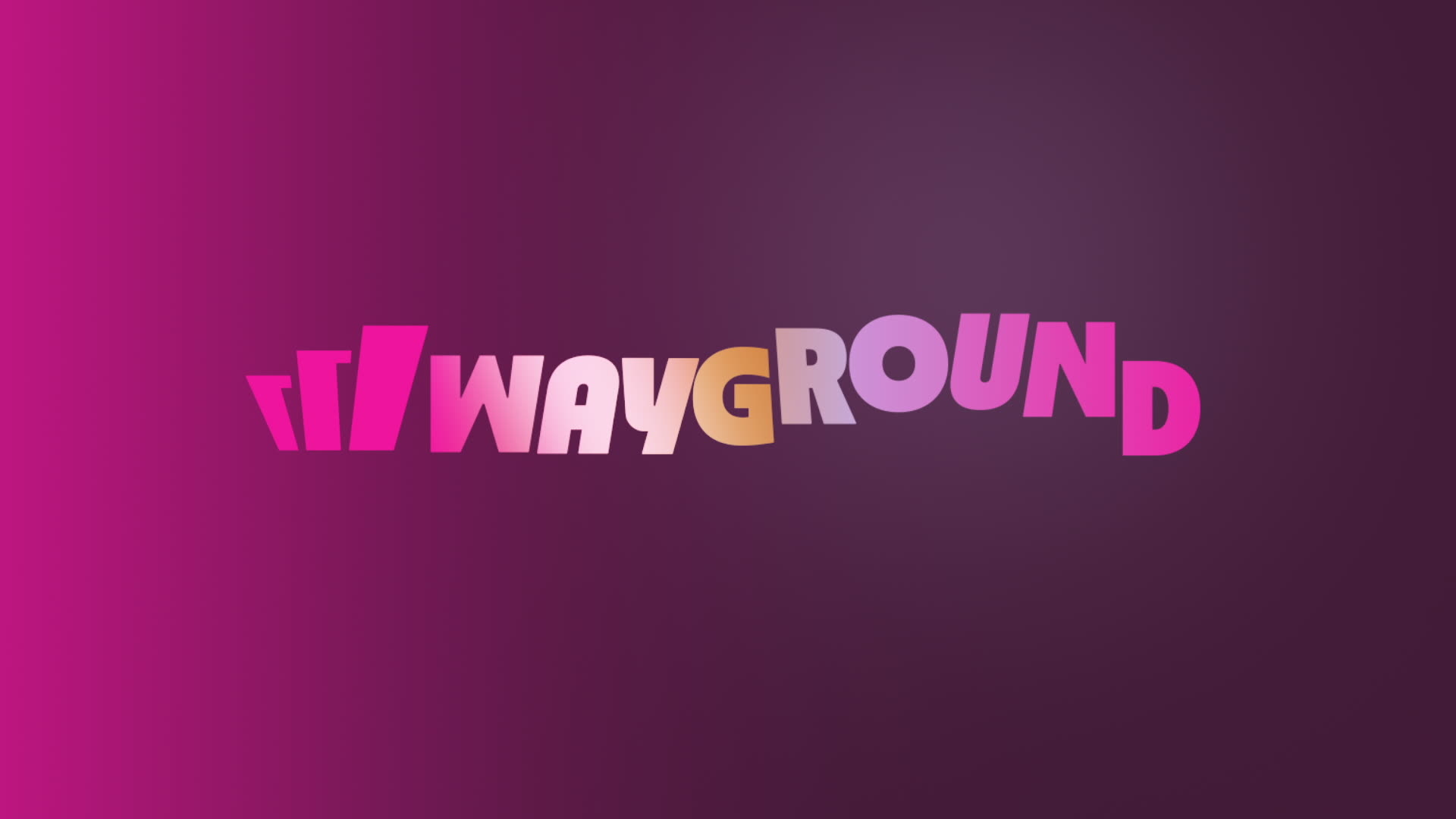What is Measured Learning Measuring?
If we’re going to improve education, we need to first improve how we measure learning
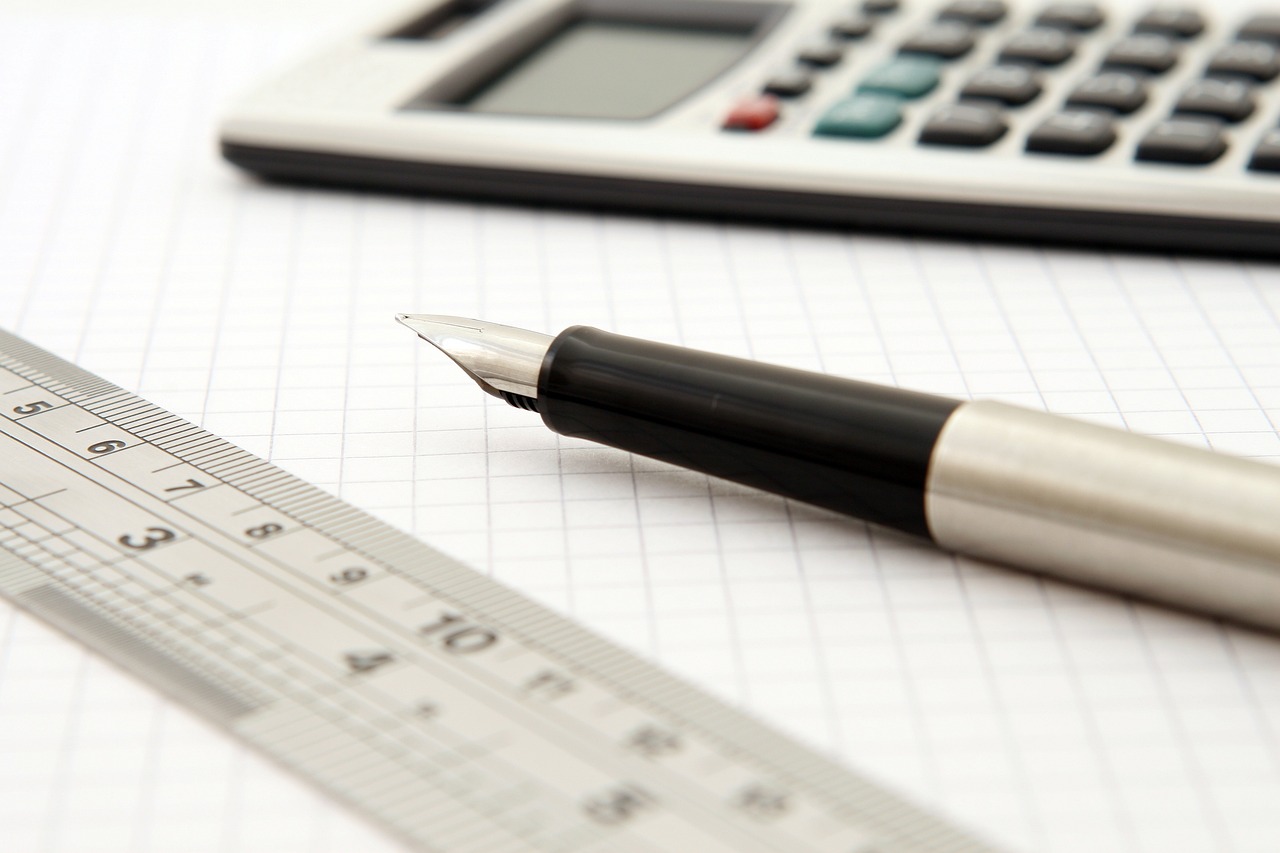
When the NAEP scores were recently released, it sparked a lot of online chatter.
National Assessment of Educational Progress (NAEP) scores, for those who aren’t aware, are referred to as the Nation's Report Card as these assess 4th- and 8th-grade students of participating districts in reading and math as well as history and geography.
Below is a chart demonstrating the 4th-grade reading trend, losing 3 points in 2019. The 8th-grade chart for reading looks similar.
Of Pandemics and Assessments — Digital Learning Collaborative
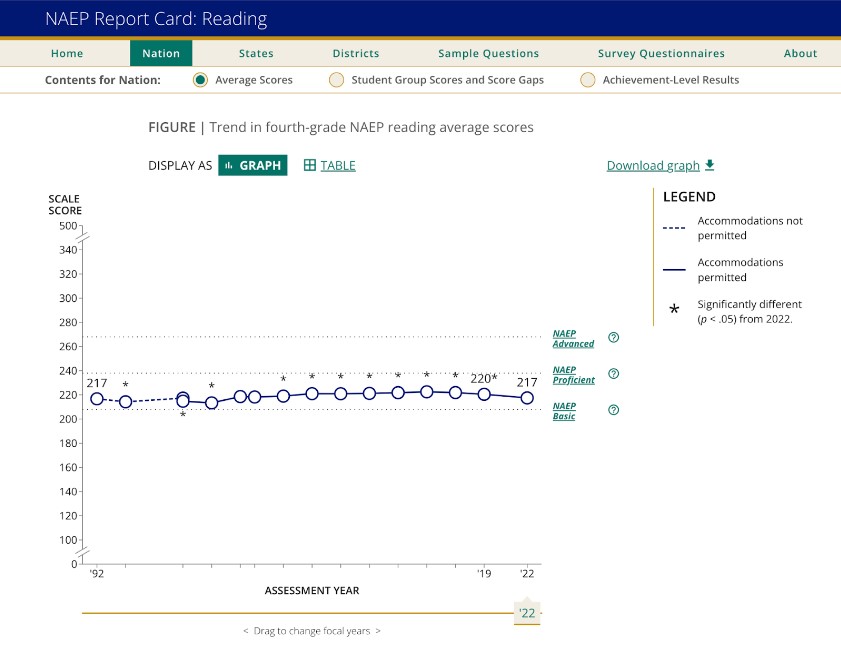
The math report card noted a 5-point drop and measured trends since 1990.
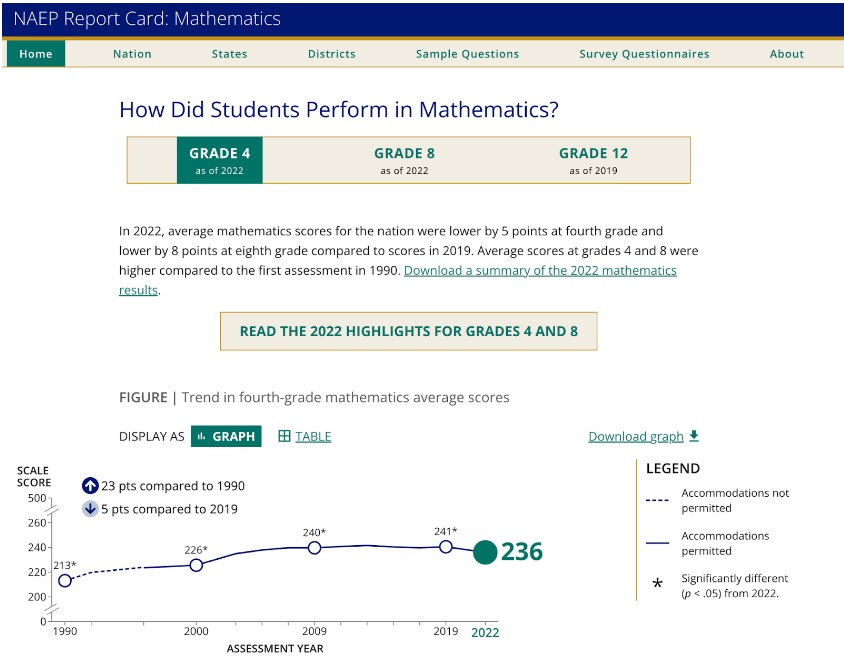
Although these numbers might be viewed as startling, what may be more interesting is the number of students who took this 4th-grade math assessment, as the chart outlines below.
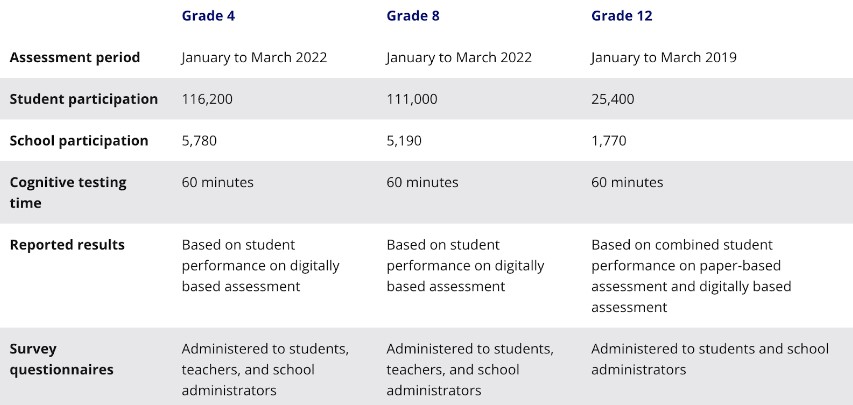
In 2017, a similar story was written when the NAEP scores were released, and a three-point decline was reported from 2015. Concern for our overall achievement as a nation has been a topic of debate since the 1980s when we realized we were further behind than other less developed countries. Our effort to improve outcomes resulted in more testing and greater accountability. As we begin to challenge ‘norms’ and traditional models of education, what role should, if any, testing play?
Tools and ideas to transform education. Sign up below.
Re-Examining Assessment
One formal definition of a test score is "a summary of the evidence contained in an examinee's responses to the items of a test that are related to the construct or constructs being measured."
Standardized tests are often used so that data may be analyzed efficiently, enabling schools to benchmark and evaluate student performance against representative samples. Additionally, standardized test scores can aid teachers in better understanding where the knowledge gaps are in a particular subject and grade level. School administrators use test data to better understand instruction by grade and subject and determine what professional development may be needed.
In his recent book on reinventing education, From Reopen to Reinvent, Michael Horn challenges the purpose of test scores and offers other ways to measure student outcomes. He is not alone in this debate. As ESEA was reauthorized into ESSA, multiple measures were highlighted as a standard for measuring students' overall success. The Learning Policy Institute, led by Dr. Linda Darling Hammond, hosts a State Performance Assessment Community to explore different ways to measure achievement, specifically performance-based systems of assessment.
As a nation, we are riddled with people highlighting the inadequacies of our education system. If we spent as much time building it up as we try to shut it down, we might have a world-famous education system. Perhaps now is the time to consider what is and is not working while determining why we are even doing some of the things we do daily or annually in education. Does standardized testing serve the need it once did, or is there another way of measuring student performance that is more timely and adaptive? Does NAEP provide a snapshot of the American education system or a snapshot of a few students who may or may not be in the public system?
We don’t need to throw the baby out with the bathwater as we renew education in America, but we need to pull the plug and drain the dirty water. If we can be brave enough to ask the hard questions and take on the challenging work of renewal, we will build an educational opportunity for all children this country has never seen!
Dr. Ray's career includes designing technology within the Frist Center for the Visual Arts and directing technology research through Vanderbilt University School of Medicine Science Outreach programs. As a district administrator for Metropolitan Nashville Public Schools, she led the award-winning design, implementation, and evaluation of instructional technology programs, including instructional design for online and blended learning environments, redesigning physical learning environments, redefining school libraries, and establishing the first virtual high school to award the diploma. She leads K20Connect and other passion projects supporting K20 education around the world.
